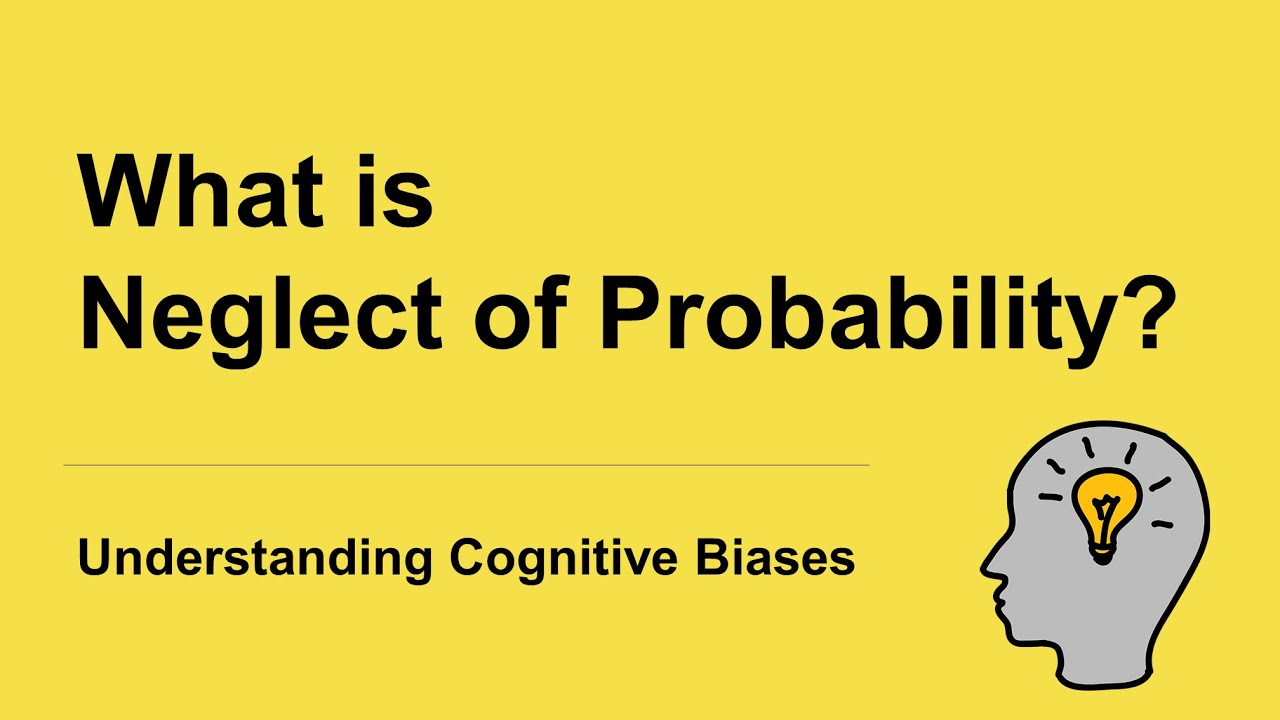The neglect of probability is a cognitive bias that occurs when individuals ignore or underestimate the role of probability when making decisions or assessing risks. People often fail to consider the likelihood of various outcomes, focusing more on the emotional impact or vividness of an event.
Explanations:
The neglect of probability is related to the tendency to rely on heuristics and mental shortcuts when making decisions. People often prioritize immediate emotions and salient details over a comprehensive assessment of probabilities.
Examples:
Gambling: Individuals may underestimate the low probability of winning a lottery or casino game and focus on the excitement of winning.
Risk Perception: People may overestimate the risk of dramatic but low-probability events, such as plane crashes, while neglecting more common but less dramatic risks, like car accidents.
Medical Decisions: Patients may choose treatments with rare but severe side effects over more effective treatments with less severe side effects due to a focus on the vividness of severe outcomes.
Solutions:
Quantitative Assessment: Actively assess and consider the actual probabilities and statistics associated with various decisions and risks.
Risk Communication: Encourage clear and effective communication of risks, emphasizing both probabilities and potential outcomes.
Training: Promote education and training in probabilistic thinking to improve decision-making and risk assessment.
Delay Decision-Making: When possible, delay important decisions to allow time for a more rational and comprehensive assessment of probabilities.
Addressing the neglect of probability involves recognizing the natural tendency to focus on the emotional impact of events rather than their actual likelihood. By emphasizing quantitative assessment, effective communication, and probabilistic thinking, individuals can make more informed decisions and better assess risks.
